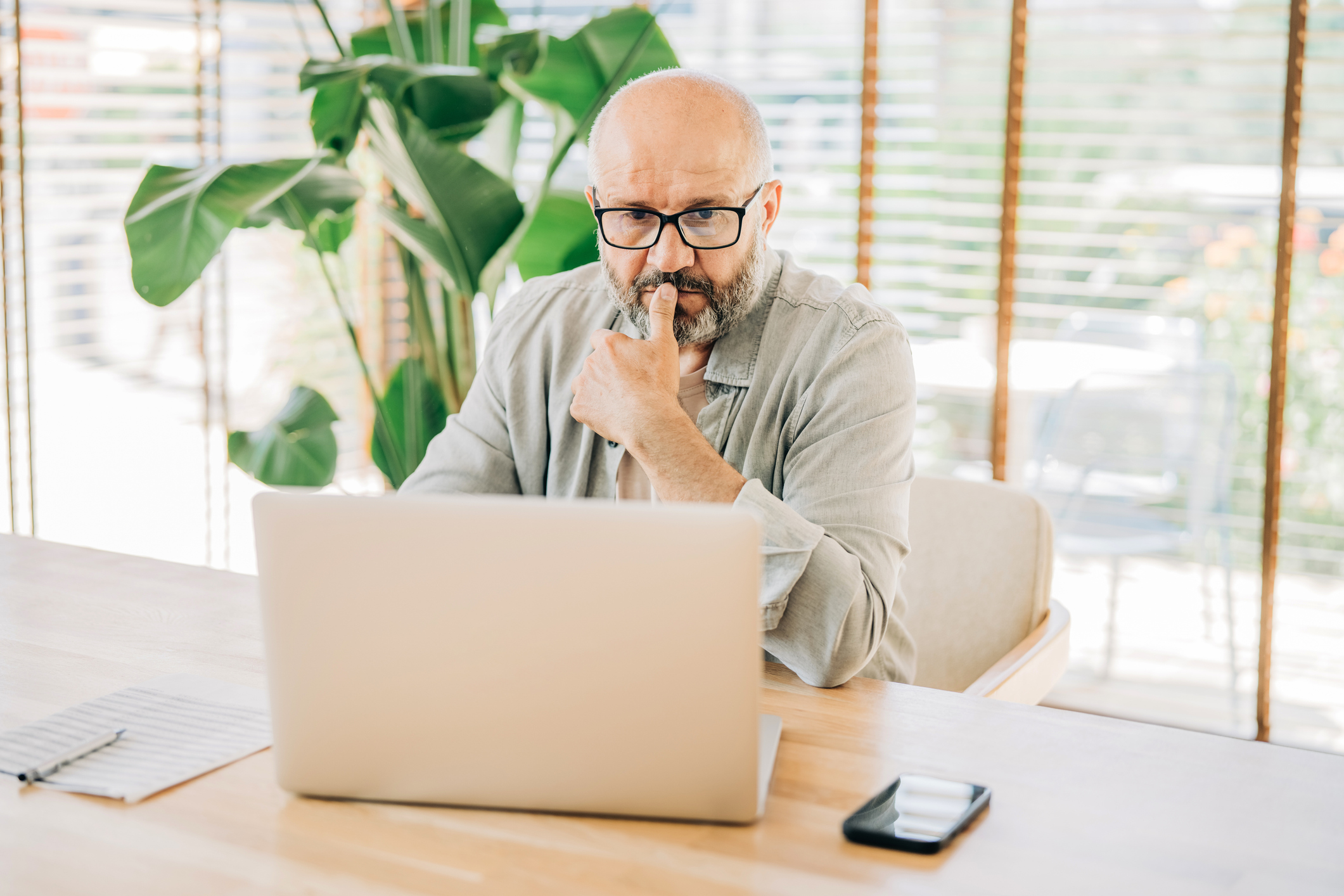The next big bull market in metals? Look no further than tin
The world consumes huge amounts of tin every year. But supply is short and stockpiles are low. It’s all looking very bullish, says Dominic Frisby.


Want to make a lot of money? Here is my simple, step-by-step guide. One: identify a niche, strategic commodity that is essential in some way, in short supply – ideally due to years of underinvestment – and has a tiny market with few ways to play it. Two: buy it, as early in the cycle as possible. Three: sit back and smile.
How many times have we seen this story play out over the years? Uranium, phosphates, graphite, cobalt, lithium, helium, rhodium, rare earth metals. What might be next?
Today, we make the case that that metal is tin.
MoneyWeek
Subscribe to MoneyWeek today and get your first six magazine issues absolutely FREE

Sign up to Money Morning
Don't miss the latest investment and personal finances news, market analysis, plus money-saving tips with our free twice-daily newsletter
Don't miss the latest investment and personal finances news, market analysis, plus money-saving tips with our free twice-daily newsletter
Tin is in short supply right now
The world typically consumes around 350,000 tonnes of tin every year. The biggest producer is China (85,000 tonnes in 2019), followed by Indonesia (80,000) and Myanmar (54,000). Then there is quite a big jump down to South America: Peru, Bolivia and Brazil, where annual production is around the 18,000 tonne mark.
Despite being the world’s largest producer, China is a net importer. With many of its smelters and plants seeing production cuts or closure, it has been stockpiling to meet its goal of self-sufficiency in semiconductors.
Indonesian production, meanwhile, has seen numerous problems. “Around a third of the country’s tin is mined offshore,” James Willoughby of the International Tin Association tells me in an email. “However, in the monsoon season, the waves are often too high for the dredges to operate without risking damage, and so output falls. This year, the weather has been particularly bad, and this has gone on for longer than anticipated”. Shipping container shortages have led to delayed deliveries and overall supply is down 40%.
Myanmar has been beset with political problems, leading to supply falls. Latin American production has run into Covid-19. On top of all that, no matter where the tin comes from, about 40% of global production comes from the unreliable source that is artisanal and small-scale miners.
In short, the supply side has been hit and stockpiles on the London Metals Exchange (LME), where most of the world’s tin is traded, are at record lows. LME inventories today stand at 1,750 tonnes. That’s little more than two days’ global consumption. A year ago the figure was closer to 10,000 tonnes. In Shanghai, however, inventories are higher, around 8,000 tonnes, and rising. Off-exchange inventory is also thought to be near extreme lows.
So what is tin actually used for?
About 50% of annual demand for tin, is for use as solder in electronics. This is why tin is known as “the glue of metals”. There are also, as Willoughby remarks, “significant tin markets in chemicals, tinplate, and lead-acid batteries”.
Demand has been strong for several reasons. With Covid-19 and the rise of remote working, many people have been upgrading the electronics in their homes – computers, TVs, kitchen appliances.
“This has benefitted tin a lot”, says Willoughby. “On top of this, housing construction in the US has been another driver.” The exodus from cities has led to a building boom. “Residential homes, typically in the suburbs, are often covered in a plastic cladding which uses a tin-based stabiliser to prevent degradation in sunlight.”
Some of these drivers may seem temporary, but they are not. Semiconductors, the rollout of 5G connectivity, the internet of things and the rise of electric vehicles all mean increased tin demand. Then there is its traditional use in tin plating and copper alloys, plus exciting future tech such as solar PV, thermoelectric materials, hydrogen generation, fuel cells and carbon capture catalysts.
In short, it’s a classic commodity supply-demand squeeze and the result is higher prices. Today the price is $27,300 per tonne. It touched $30,000 last month before correcting sharply with the tantrum in the bond market.
But demand is such that prices have quickly rebounded. The all-time high for tin was set at the peak of the commodities bull market in 2011 at $32,000.
As, or should I say, if Covid-19 becomes a thing of the past, some of the demand drivers might fade. People might stop spending on home electronics and spend instead on holidays, for example. But tin demand as the world decarbonises and electrifies should still remain. There is something of a structural deficit in supply.
We have been here before. I can remember many of the same arguments floating about in the 2009-2011 time frame, and tin went into a bear market that by 2015 saw the metal lose half of its value.
And it’s true that the squeeze won’t last forever. Tin’s a metal, and metal prices are cyclical. Nor is this the low – the low was in 2019, when it re-tested that$15,000 per tonne mark of 2015. But I would argue that this is not the high either, and the bull market has further to go.
How to invest in tin
The storage logistics mean buying physical metal is not an option. ETFs (exchange-traded funds) are few and far between and most spreadbetters don’t give tin as one of their metal options. Wisdom Tree however, does offer a tin ETC (exchange-traded commodity) that tracks the Bloomberg Tin Subindex.
The easiest option is to go old school and buy a mining company. If you want my picks, take a look at the piece here I wrote for the main mag last week. It’s a bull market. Enjoy the ride.
Meanwhile, if you’re not already a subscriber then get your first six issues – plus my beginner’s guide to bitcoin report – absolutely free when you sign up here.
Daylight Robbery – How Tax Shaped The Past And Will Change The Future is now out in paperback at Amazon and all good bookstores with the audiobook, read by Dominic, on Audible and elsewhere.
Get the latest financial news, insights and expert analysis from our award-winning MoneyWeek team, to help you understand what really matters when it comes to your finances.
Dominic Frisby (“mercurially witty” – the Spectator) is as far as we know the world’s only financial writer and comedian. He is the author of the popular newsletter the Flying Frisby and is MoneyWeek’s main commentator on gold, commodities, currencies and cryptocurrencies. He has also taken several of his shows to the Edinburgh Festival Fringe.
His books are Daylight Robbery - How Tax Changed our Past and Will Shape our Future; Bitcoin: the Future of Money? and Life After the State - Why We Don't Need Government.
Dominic was educated at St Paul's School, Manchester University and the Webber-Douglas Academy Of Dramatic Art.
You can follow him on X @dominicfrisby
-
 FCA proposes new ratings system for workplace pension schemes
FCA proposes new ratings system for workplace pension schemesThe City watchdog has proposed new rules to help ensure pension schemes are providing value for money
-
 Fund inflows hit a six-month high in November – where are investors putting their money?
Fund inflows hit a six-month high in November – where are investors putting their money?Investors returned to the financial markets amid the Autumn Budget in November 2025 but caution remains.
-
 Halifax: House price slump continues as prices slide for the sixth consecutive month
Halifax: House price slump continues as prices slide for the sixth consecutive monthUK house prices fell again in September as buyers returned, but the slowdown was not as fast as anticipated, latest Halifax data shows. Where are house prices falling the most?
-
 Rents hit a record high - but is the opportunity for buy-to-let investors still strong?
Rents hit a record high - but is the opportunity for buy-to-let investors still strong?UK rent prices have hit a record high with the average hitting over £1,200 a month says Rightmove. Are there still opportunities in buy-to-let?
-
 Pension savers turn to gold investments
Pension savers turn to gold investmentsInvestors are racing to buy gold to protect their pensions from a stock market correction and high inflation, experts say
-
 Where to find the best returns from student accommodation
Where to find the best returns from student accommodationStudent accommodation can be a lucrative investment if you know where to look.
-
 The world’s best bargain stocks
The world’s best bargain stocksSearching for bargain stocks with Alec Cutler of the Orbis Global Balanced Fund, who tells Andrew Van Sickle which sectors are being overlooked.
-
 Revealed: the cheapest cities to own a home in Britain
Revealed: the cheapest cities to own a home in BritainNew research reveals the cheapest cities to own a home, taking account of mortgage payments, utility bills and council tax
-
 UK recession: How to protect your portfolio
UK recession: How to protect your portfolioAs the UK recession is confirmed, we look at ways to protect your wealth.
-
 Buy-to-let returns fall 59% amid higher mortgage rates
Buy-to-let returns fall 59% amid higher mortgage ratesBuy-to-let returns are slumping as the cost of borrowing spirals.
